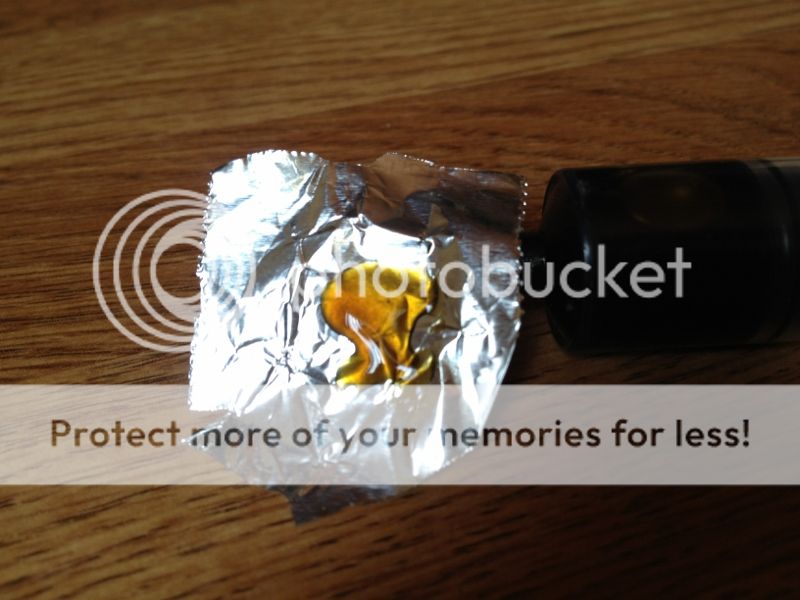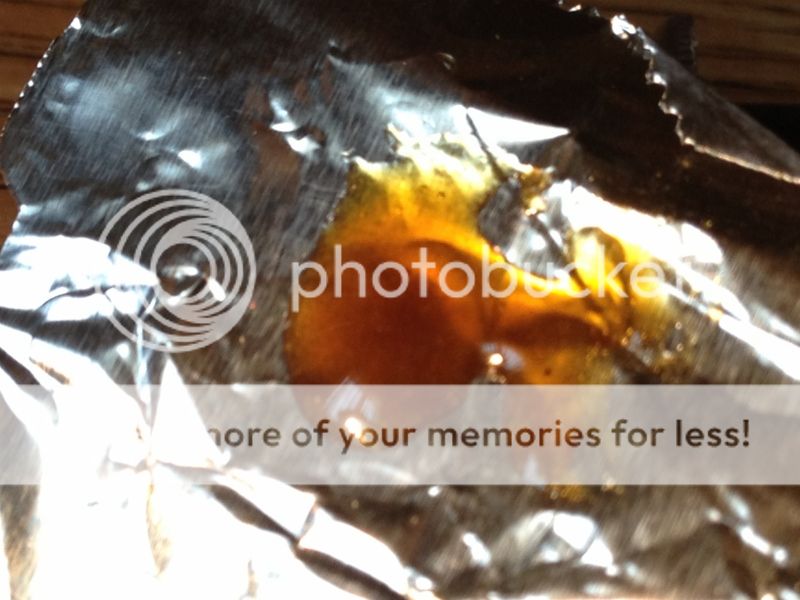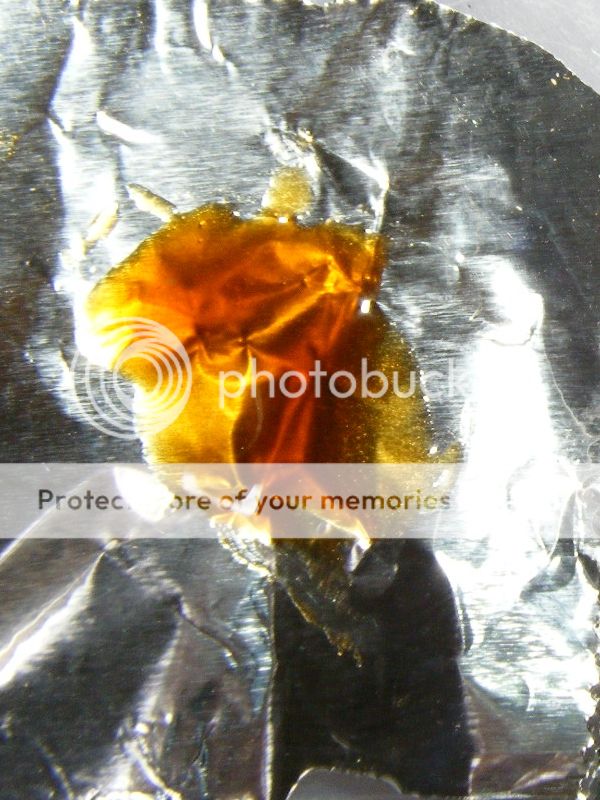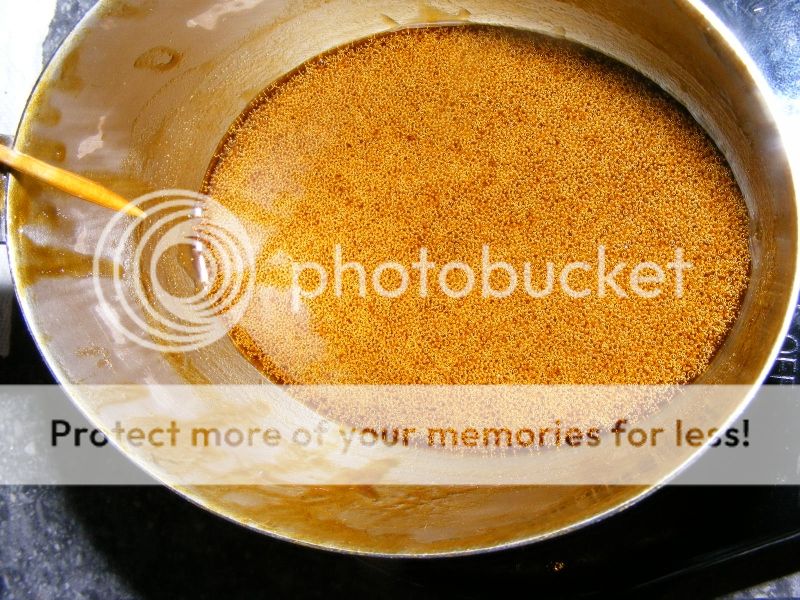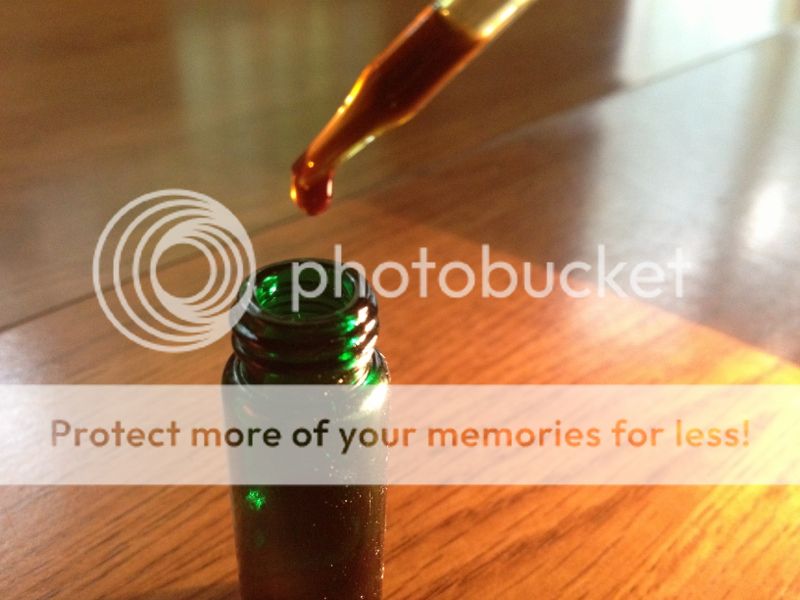OldOyler
Fire it again. I can still find the ground.
Hi everyone on FC!
Being my first attempt at a new thread posting, please forgive any clumsiness. :-)
I simply wanted to try and give something back to FC, since I have taken ALOT.
I wanted to try and start a specific discussion about using a single strain of cannabis to create both a "daytime" and "nighttime" version. It isn't really *quite* how I wanted to put it, but I figured that title would be easily recognizable and understandable.
If someone has access to a dispensary (which I do not), the idea of procuring two oils - one "daytime" and one "nighttime" (which is fair enough) seems to also usually mean and that they would probably be from two different strains if the plant source is being considered (or is an option to the purchaser), or that it is simply a "high-THC" or "high-CBD" oil, respectively. Again, absolutely important! I won't bore you with the specifics of why I personally chose the following mentality for choosing a single strain - plus the various reasons will be scattered throughout (I hope). But what I am hoping is to hear all the things that the rest of the FC community does (or does not do) to this end using a single source strain.
A quick note about what I was shooting for my oil to do - I wanted an oil that "did it all" - daytime or nightime, pain or depression/PTSD, plus I wanted a single oil that I could use sublingually, vape in my Kangertech (mixed with EJMix), and coulse as a topical for cuts, burns, etc. (I've never seen anything like the topical healing properties of cannabis - wow!).
As usual, I roiled around for a long time before actually making a decision.
Finally, I decided that since I could control things from seed to oil (growing myself), a single high-THC strain with what *I* considered at least a respectable CBD level was the way to go.
My strain choice was based on the thought process that since CBDs are pretty much "set" in the genetics, I would instead attempt to finesse the THC-to-CBN degradation in order to make the resulting oil more "daytime" or "nighttime". Since I could control turning THC into CBNs but NOT vice versa, I wanted the starting THC level to be as high as possible.
So...
1. I chose a strain that was the high-end of low-CBD (1%) and high-THC (24%).
2. Used a growth technique called "manifolding" or "mainlining" to create long colas for the best flower (I manifold out to 16 colas, since my particular 400W HPS setup can really only penetrate down to about 12-14" of cola depth) when growing
3. Harvested the plant at its highest THC level (per trichome cloudiness through a jeweler's loupe)
4. Did a 1 week dry after trimming (individual cola branches upside down in 20% Rh dark environment) followed by a 2 week cure only after removing the bud from the branches (would have gone 2 more weeks of curing back in the combustion days)
5. Froze dem buds
6. Used an ethanol extraction (in my case, Everclear 191) to create the "mash" for the resulting cannabis oil and strained with grade 90 cheesecloth (I'm the only user of my product, so I don't filter any further)
7. Kept first-wash extraction mash and second-wash mash completely separate (something the skunk pharm folks do sometimes)
8. Used 180-degree (Fahrenheit) heat in a boiling water bath (aka - double boiler) to evaporate the Everclear from each set of oil
And I did all the previous steps this "way" to get to try and gain some control over the character of the resulting oils in the last step:
9. Used 250-degree (Fahrenheit) heat in a boiling oil bath (I use a fondue pot that has a pretty decent temperature control, and is known *not* to have "dead bands" around the 250-degree Fahrenheit range) to finish decarb on each set of oil and to control the amount of THC to CBN conversion. (Source for my reasoning: http://skunkpharmresearch.com/decarboxylation/). I will watch the bubble production drop off, pull out 1/2 the oil and consider it the "daytime" version, then let the rest go until bubble production is pretty much completely gone and consider that the "night" version
(One other note for continuity of the post - used first-wash oil batch for sublingual, second-wash for oil/EJMix vape juice and topical products)
I then can even create various "versions" of the resulting oils by doing some mixing in a simple warm, low-heat environment with some various other ingredients - I make skumk pharm's "Holy Anointing Oil - Topical", for instance, with alot more coconut oil ratio, or I might use the original recipe recipe for "Holy Anointing Oil" for the times when I want a little cinnamon in my life, or I might choose to simply mix the resulting oil with EJMix and vapbong it from my Kangertech. (Recipes are from skunk pharm, link is http://skunkpharmresearch.com/holy-anointing-oil-and-holy-shit/)
And of course this can all be tweaked even a bit more based on how long I had let the decarb process go on. As mentioned in the skunk pharm link about decarb above (here3 again: http://skunkpharmresearch.com/decarboxylation/), after 70% of the decarb process has occurred with cannabis oil in a 250 degree (Fahrenheit) oil bath, *THC-to-CBN degredation will begin to sharply outpace THCA-to-THC conversion*. Skunk pharm used this point to make a more daytime or nighttime version of their oil.
I use some 1/2oz (15ml) amber glass containers with the built-in glass droppers to store all resulting mixtures, and then put little stickers on them using my own weird system of understanding, like "HOA - DAY" on one (pulled out of oil batch after solvent purge but before decarb spike reached, then added the cinnamon and myrrh flavors per skunk pharm recipe), or maybe "RSO - Night" on another (let it go long in decarb, no flavoring), or "HOA Topical" (full long decarb, only used 1/2 the amount of cinnamon called for, but increased the coconut oil a bit so it was smoother for me)
Well...that's it.
And yes - I know this is all very general knowledge, and I haven't stated anything particularly amazing.
I really just wanted to put forth the idea that it can be easy to "chunk up" how we analyze our oil-making. We discuss extraction methods in isolation, what kind of source material to get somewhere else, then go talk about decarb techniques somewhere else, etc. and THEN we each individually kind of "put the pieces together" and try to apply them.
But I think, for those who have some degree of control over the source material (its harvest and curing in particular, whether by growing it themselves, or knowing the grower, or having a dispensary that has control over the grow, etc.), and over the creation of the cannabis oil, there is something to be said for looking at oil creation as something that has a LOT of points of control throughout the process that can create a more versatile end-product without having to have a huge number of strains to increase certain effects or to ameliorate others. That is how a few places I found are looking at it now - Elemental Wellness talks about it in their literature (http://www.elementalwellnesscenter.com/UnderstandingCannabis.pdf), but I still see even these ideas being used as assuming different strains are needed for day versus night, or for different treatment effects, etc.
So, I am hoping to expand my understanding of how the real experts approcach it (uh, that's *you* folks, FC!).
Now, if I can finally get the guts to copy-and-paste this, and post it...
I only ask - please be gentle with me, experts. :-)
Peace and lots of good things to you all!
Being my first attempt at a new thread posting, please forgive any clumsiness. :-)
I simply wanted to try and give something back to FC, since I have taken ALOT.
I wanted to try and start a specific discussion about using a single strain of cannabis to create both a "daytime" and "nighttime" version. It isn't really *quite* how I wanted to put it, but I figured that title would be easily recognizable and understandable.
If someone has access to a dispensary (which I do not), the idea of procuring two oils - one "daytime" and one "nighttime" (which is fair enough) seems to also usually mean and that they would probably be from two different strains if the plant source is being considered (or is an option to the purchaser), or that it is simply a "high-THC" or "high-CBD" oil, respectively. Again, absolutely important! I won't bore you with the specifics of why I personally chose the following mentality for choosing a single strain - plus the various reasons will be scattered throughout (I hope). But what I am hoping is to hear all the things that the rest of the FC community does (or does not do) to this end using a single source strain.
A quick note about what I was shooting for my oil to do - I wanted an oil that "did it all" - daytime or nightime, pain or depression/PTSD, plus I wanted a single oil that I could use sublingually, vape in my Kangertech (mixed with EJMix), and coulse as a topical for cuts, burns, etc. (I've never seen anything like the topical healing properties of cannabis - wow!).
As usual, I roiled around for a long time before actually making a decision.
Finally, I decided that since I could control things from seed to oil (growing myself), a single high-THC strain with what *I* considered at least a respectable CBD level was the way to go.
My strain choice was based on the thought process that since CBDs are pretty much "set" in the genetics, I would instead attempt to finesse the THC-to-CBN degradation in order to make the resulting oil more "daytime" or "nighttime". Since I could control turning THC into CBNs but NOT vice versa, I wanted the starting THC level to be as high as possible.
So...
1. I chose a strain that was the high-end of low-CBD (1%) and high-THC (24%).
2. Used a growth technique called "manifolding" or "mainlining" to create long colas for the best flower (I manifold out to 16 colas, since my particular 400W HPS setup can really only penetrate down to about 12-14" of cola depth) when growing
3. Harvested the plant at its highest THC level (per trichome cloudiness through a jeweler's loupe)
4. Did a 1 week dry after trimming (individual cola branches upside down in 20% Rh dark environment) followed by a 2 week cure only after removing the bud from the branches (would have gone 2 more weeks of curing back in the combustion days)
5. Froze dem buds
6. Used an ethanol extraction (in my case, Everclear 191) to create the "mash" for the resulting cannabis oil and strained with grade 90 cheesecloth (I'm the only user of my product, so I don't filter any further)
7. Kept first-wash extraction mash and second-wash mash completely separate (something the skunk pharm folks do sometimes)
8. Used 180-degree (Fahrenheit) heat in a boiling water bath (aka - double boiler) to evaporate the Everclear from each set of oil
And I did all the previous steps this "way" to get to try and gain some control over the character of the resulting oils in the last step:
9. Used 250-degree (Fahrenheit) heat in a boiling oil bath (I use a fondue pot that has a pretty decent temperature control, and is known *not* to have "dead bands" around the 250-degree Fahrenheit range) to finish decarb on each set of oil and to control the amount of THC to CBN conversion. (Source for my reasoning: http://skunkpharmresearch.com/decarboxylation/). I will watch the bubble production drop off, pull out 1/2 the oil and consider it the "daytime" version, then let the rest go until bubble production is pretty much completely gone and consider that the "night" version
(One other note for continuity of the post - used first-wash oil batch for sublingual, second-wash for oil/EJMix vape juice and topical products)
I then can even create various "versions" of the resulting oils by doing some mixing in a simple warm, low-heat environment with some various other ingredients - I make skumk pharm's "Holy Anointing Oil - Topical", for instance, with alot more coconut oil ratio, or I might use the original recipe recipe for "Holy Anointing Oil" for the times when I want a little cinnamon in my life, or I might choose to simply mix the resulting oil with EJMix and vapbong it from my Kangertech. (Recipes are from skunk pharm, link is http://skunkpharmresearch.com/holy-anointing-oil-and-holy-shit/)
And of course this can all be tweaked even a bit more based on how long I had let the decarb process go on. As mentioned in the skunk pharm link about decarb above (here3 again: http://skunkpharmresearch.com/decarboxylation/), after 70% of the decarb process has occurred with cannabis oil in a 250 degree (Fahrenheit) oil bath, *THC-to-CBN degredation will begin to sharply outpace THCA-to-THC conversion*. Skunk pharm used this point to make a more daytime or nighttime version of their oil.
I use some 1/2oz (15ml) amber glass containers with the built-in glass droppers to store all resulting mixtures, and then put little stickers on them using my own weird system of understanding, like "HOA - DAY" on one (pulled out of oil batch after solvent purge but before decarb spike reached, then added the cinnamon and myrrh flavors per skunk pharm recipe), or maybe "RSO - Night" on another (let it go long in decarb, no flavoring), or "HOA Topical" (full long decarb, only used 1/2 the amount of cinnamon called for, but increased the coconut oil a bit so it was smoother for me)
Well...that's it.
And yes - I know this is all very general knowledge, and I haven't stated anything particularly amazing.
I really just wanted to put forth the idea that it can be easy to "chunk up" how we analyze our oil-making. We discuss extraction methods in isolation, what kind of source material to get somewhere else, then go talk about decarb techniques somewhere else, etc. and THEN we each individually kind of "put the pieces together" and try to apply them.
But I think, for those who have some degree of control over the source material (its harvest and curing in particular, whether by growing it themselves, or knowing the grower, or having a dispensary that has control over the grow, etc.), and over the creation of the cannabis oil, there is something to be said for looking at oil creation as something that has a LOT of points of control throughout the process that can create a more versatile end-product without having to have a huge number of strains to increase certain effects or to ameliorate others. That is how a few places I found are looking at it now - Elemental Wellness talks about it in their literature (http://www.elementalwellnesscenter.com/UnderstandingCannabis.pdf), but I still see even these ideas being used as assuming different strains are needed for day versus night, or for different treatment effects, etc.
So, I am hoping to expand my understanding of how the real experts approcach it (uh, that's *you* folks, FC!).
Now, if I can finally get the guts to copy-and-paste this, and post it...
I only ask - please be gentle with me, experts. :-)
Peace and lots of good things to you all!


